
I have long been fascinated with the many stops and starts that eventually led to the automatic transmission as we know it today. We are likely all familiar with the GM Hydra-Matic Drive of 1940, the first fully automatic transmission. Its major competitor for shiftless driving was Chrysler’s Fluid Drive, and the many variations of semi-automatic transmission that were attached to that fluid coupling. Not so well known is that the Ford Motor Company launched its own ill-fated semi-automatic transmission: Liquamatic Drive. Let’s take a look.
Henry Ford was, of course, a mechanical genius — in a self-taught, farmboy sort of way. However, his opinionated way was not conducive to a modern engineering department, as had taken shape to one degree or another at every other major automaker. Henry Ford’s way was Henry Ford’s way, with some skilled mechanics to take Henry’s ideas and fashion them into metal prototypes and further refinement under Henry Ford’s watchful eye. But by the late 1930s, Henry was getting on in years and his products were becoming a bit — ahem — conservative.
Still, it must have been clear that some sort of self-shifting mechanism was going to be part of the price of admission for medium and upper priced cars in the 1940s. And, with great fanfare, Liquamatic Drive was introduced to Mr. and Mrs. America with the 1942 Lincoln and Mercury.

The Liquamatic was a fairly complicated unit that involved a conventional clutch, a fluid coupling, a three-speed transmission, and on Lincolns, an overdrive. Other features of the design were an overrunning clutch on the transmission countershaft and a shorter second gear ratio than on manual-shift cars.
In normal operation, Liquamatic was set to start in second gear, then shift into third at about 12 mph. On the Lincoln version, overdrive would then engage at 23 mph (although the driver could lock out overdrive with a button on the dashboard). The 2–3 shift was executed by an electrically controlled vacuum cylinder, while the shift into overdrive was controlled by a solenoid.

The transmission would automatically shift down into second once speed slowed to about 10 mph. As long as you were below 35 mph, you could also force a 3–2 downshift by pushing the accelerator all the way to the floor. With the Lincoln version, flooring the gas between 23 mph and 35 mph would downshift from overdrive-high to overdrive-second and then regular second gear. Lincoln also got an extra Emergency range, which put the transmission in low gear and shifted back and forth from low to overdrive-low.
Of course, the unit could be controlled manually through all gears as well, but you had to use the clutch pedal to shift into first or reverse.

The bottom line was a manual transmission that was made to shift automatically back and forth between constantly synchronized second and third gears, and sometimes overdrive as well. A beautiful symphony of mechanical, hydraulic, electrical, and vacuum systems to make life easier for the discerning motorist. What could possibly go wrong?
Alas, the new Liquamatic Drive was an utter failure, although the reasons are not completely clear today. The few units that made it into service were almost immediately replaced by Ford with standard manual transmissions, virtually all within the first few thousand miles. The only identification of Liquamatic cars was a dash logo that was replaced as well. Was it a defective design? A design that was too complex for reliable service in the field? Or did Henry Ford step in and pull the plug on the design before it had a chance to get the bugs sorted out? (It couldn’t have helped that Liquamatic arrived only five months before civilian production shut down for the duration.) Nobody seems to know, as there were few built and none seems to have survived, at least not installed in a car. Would this make Ford an early pioneer of the automotive recall?
Liquamatic didn’t return after the war. Lincoln would be limited to a three-speed manual through the 1948 models, and would finally rejoin the ranks of the self-shifting when they began purchasing Hydra-Matic from GM for the new ’49s. Mercury got the Ford/Borg-Warner Merc-O-Matic Drive for 1951, but Lincoln would not have a proprietary automatic until the 1955 Turbo-Drive. But now you know — prewar Ford engineering, such as it was, at least gave self-shifting a good try.
Note: An update of an older post with new diagrams and expanded information.






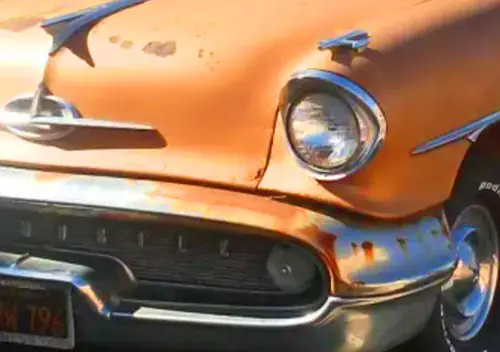
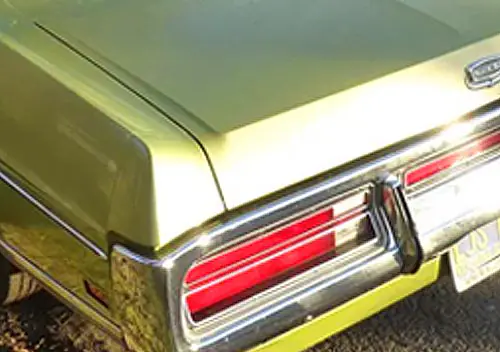



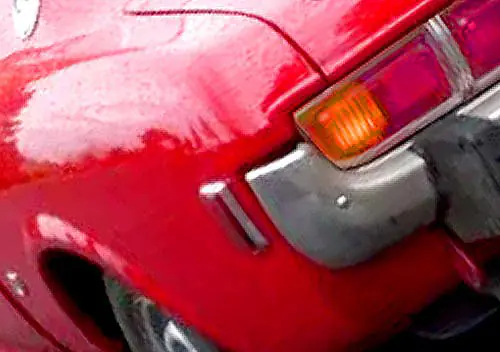

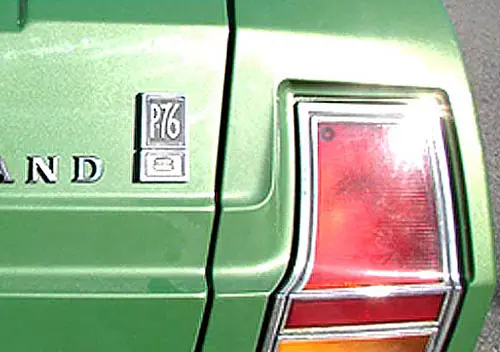
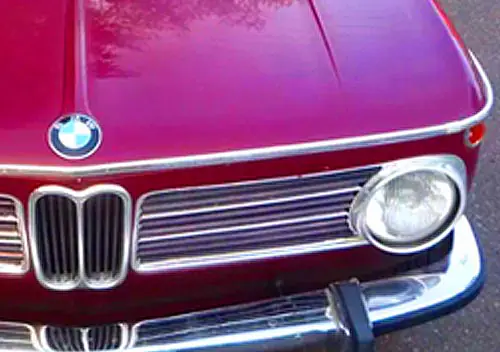



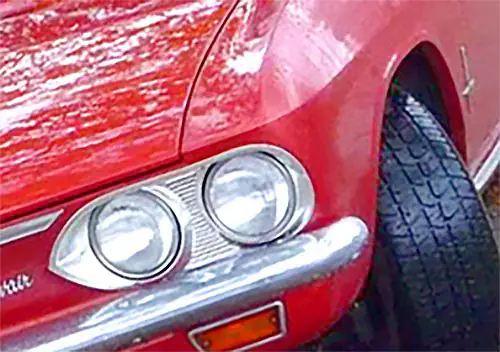


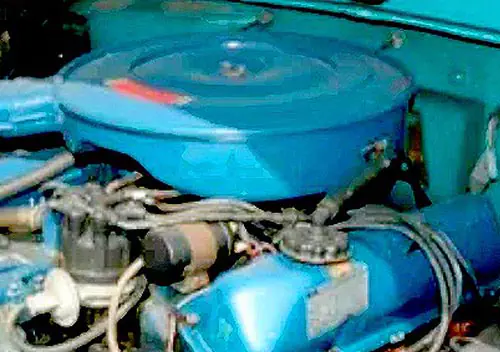



Ford could have simply added a fluid coupling to the T’s semiautomatic planetary, plus a vacuum control for the two clutches. One source says they were working along those lines in the 30s but abandoned it.
Ah, if they had only called on Oscar Banker, the father of the automatic transmission. Very interesting article. Thank you for it.
The description and pictures of the system remind me of the 1953 Imperial my parents had. That car was the last year for the gyromatic as the Powerflite was introduced in 1953. Fluid coupling, “safety clutch” (label molded into the red clutch pedal pad) and a 4 speed (low and high with an upshift to 2nd in low or 4th in high. The Imperial actually had a proper torque converter so was a bit peppier than the fluid drive version.
It seems to be an early effort at an automated manual transmission as used in trucks
I did a quick google search and on the Antique Automobile Club of America (AACA) website found a discussion where one participant declared, “The Liquamatic Lincoln transmissions required very accurate adjustment to operate properly.”
Another claimed, “These units broke on a regular basis,” and “the major flaw in the drive was the one-way (free wheeling) clutch on the counter shaft,” then goes on to say, pretty much the same things you do, “With the gear shift lever in the “high” gear position the unit would start off in 2nd gear and shift to high at around 12 mph. There was a very complicated set of electrical controls to accomplish shifts via the vacuum cylinder for 2nd and 3rd and electrical solenoid for the overdrive.”
That person also claims that there is a 1942 Mercury equipped with a Liquamatic transmission on display at the “California Automobile Museum” (formerly known as the “Towe Ford Museum,” and later as the “Towe Auto Museum”) in Sacramento, California. But that post was made more than a decade ago and I don’t see the Mercury listed in the supposedly current inventory of vehicles they currently have on display.
A post on Fordbarn.com claims that there is a 1942 Mercury with a Liquamatic transmission, along with a display dedicated to the Liquamatic tramsission at the “Early Ford V8 Foundation Museum” in Auburn Indiana, but I can’t confirm that. Another guy claims there were a couple of Liquamatic Mercurys still on the road back in the 1960s.
On the “Dean’s Garage” website Jim and Cheryl Farrel post that the Liquamatic was manufactured by Detroit Gear, a division of Borg-Warner. It is claimed that “Liquamatics were installed in no more than 300-500 Mercurys and Lincolns but only in January 1942. Most Liquamatics soon failed because of broken interior free-wheel rollers and could not be properly repaired given the war-time materials available.”
They then note that Ford’s relationship with Borg-Warner continued after this and speculate that “Because of that continuing relationship, it’s likely that except for materials restrictions cause by World War II and its onset, Liquamatic transmissions were not constructed with stronger free-wheel rollers. If so they probably could have been properly repaired. With the right materials Liquamatics may well have been used after the war on ’46 Lincolns, Mercurys and maybe on Fords.” The Farrels also say, “Because the Liquamatic needed a bigger bell house area, engines also had to be replaced on cars equipped with a broken Liquamatic transmissions.” (The need to replace the entire engine seems weird to me.)
Studebaker had a very similar (and similarly kludged) semiautomatic transmission at the same time, called Turbo-Matic: three-speed dual-shaft gearbox, vacuum-controlled clutch and fluid coupling, overdrive. Its operation was a little different, but it was the same kind of thing, and it didn’t work any better.
With both Liquamatic and Turbo-Matic, I think the war probably had a lot to do with their being withdrawn and removed. By the time the 1942 model year began, there were already restrictions on civilian production, and after Pearl Harbor, it was clear that civilian production was going to be frozen in the year future. This was a terrible set of circumstances to introduce a complex, buggy new transmission, and the prospect of owners getting stuck with the thing for several years with no recourse can’t have made anyone very happy.
On the “Dean’s Garage” website Jim and Cheryl Farrel post that the Liquamatic was manufactured by Detroit Gear, a division of Borg-Warner and, “Most Liquamatics soon failed because of broken interior free-wheel rollers and could not be properly repaired given the war-time materials available.”
They then note that Ford’s relationship with Borg-Warner continued after this and speculate that, “Because of that continuing relationship, it’s likely that except for materials restrictions cause by World War II and its onset, Liquamatic transmissions were not constructed with stronger free-wheel rollers. If so they probably could have been properly repaired. With the right materials Liquamatics may well have been used after the war on ’46 Lincolns, Mercurys and maybe on Fords.”
Detroit Gear also made the early Studebaker full automatics. Did they also build the Turbo-Matic?
Yes, it was. Apparently the vacuum-controlled clutches were subject to Bendix patents, however. See https://studebaker-info.org/TW/tw0586/tw0586p03cb.html
It’s been said that if the three most important things in real estate are “location, location, location”, the equivalent in the car business is “timing, timing, timing”, and a 1942 model-year launch is just lousy timing of the dumb-luck variety. That as opposed to the self-inflicted wound Ford went on to make with the Edsel project where they missed record sales year after record sales year “scientifically analyzing” a burgeoning midprice field and the buyer motivation behind it only to come to market just as it melted away with a product the equivalent of which they could’ve whipped up by 1945 at the latest.
This a new one to me (obviously missed the original post).
I’m always tempted to think of engineers working years before our lives as being as hidebound in their thinking as the social conditions of their time, and that’s why they went down crazy alleyways for things like automatics. That’s pretty dumb on any examination, and based upon an even sillier notion that these black and white fedora-wearing men brought the conservatism of their times to their work, but of course, the truth is that they lived (in color) in a world of science and calculations and advanced thinking no different to some cutting-edge software engineer at Apple today.
“Liquamatic” is an awfully good name for a huge range of dissolving automatics that have been produced since this one, right up to today, as in :”That bloody Chrysler had the damn liquamatic crap which broke AGAIN five miles from home”
Never heard of this transmission. Very interesting, thanks for sharing it.